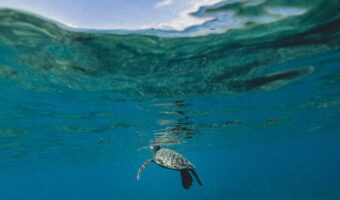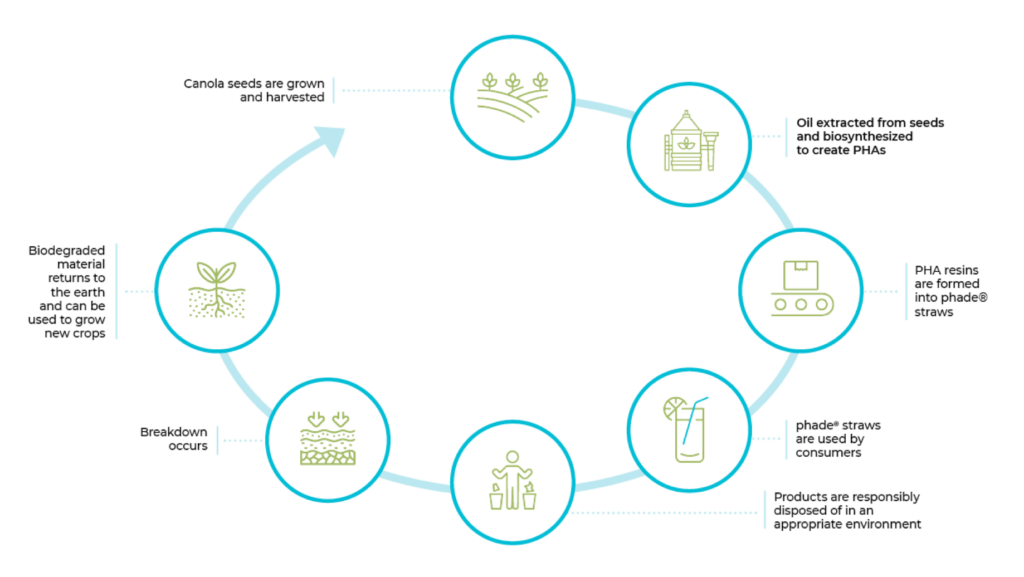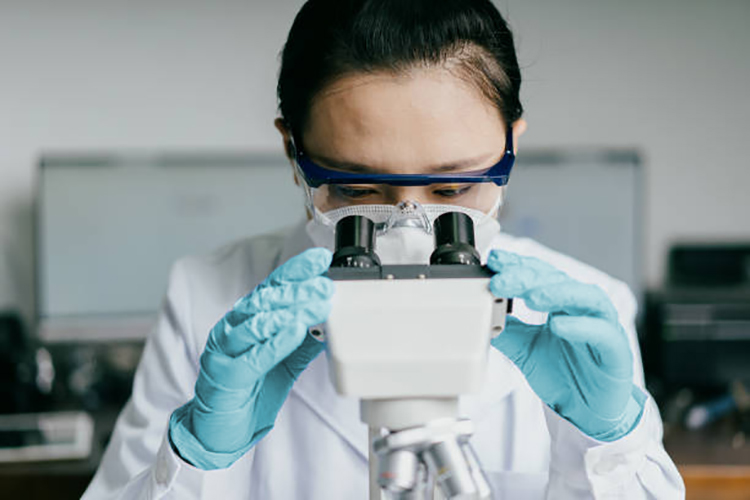Independent standards setting bodies have developed international biodegradation standards for monitoring the biodegradation of a polymer in the marine environment.
Respirometric methods, or gas evolution tests, are used in laboratory studies to provide a complete picture of polymer biodegradation, as they are the only way to prove that the final step of mineralization has occurred.
Mineralization is the conversion of molecules into benign byproducts (CO2, biomass, water).
This last step cannot be determined solely by visual observation of the material (through mass loss/disintegration).
Gas evolution tests prove the inherent biodegradability of a material.
Gas evolution tests measure the output of carbon dioxide released (taking into account the initial carbon present in the material) during biodegradation to arrive at a rate (percentage) of biodegradation over a stated time period.
These standards present a framework for proving that biodegradation occurs in the marine environment, and for comparing the rate at which biodegradation occurs between different materials.
Source: “The rate of biodegradation of PHA plastics in the marine environment: A Meta-Study”, Dilkes-Hoffman,et al, The University of Queensland, Marine Pollution Bulletin 142 (2019) 15-24.





